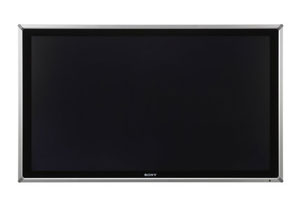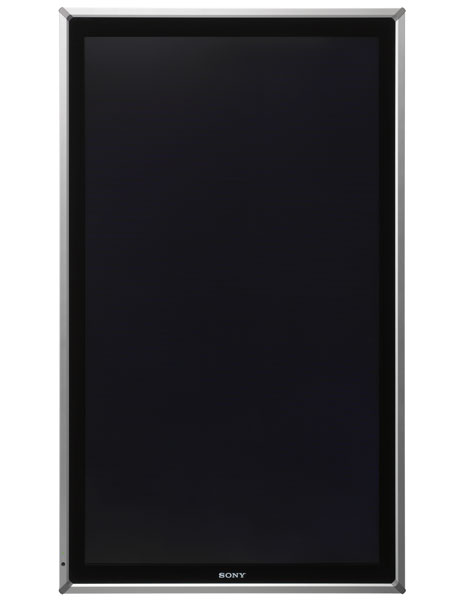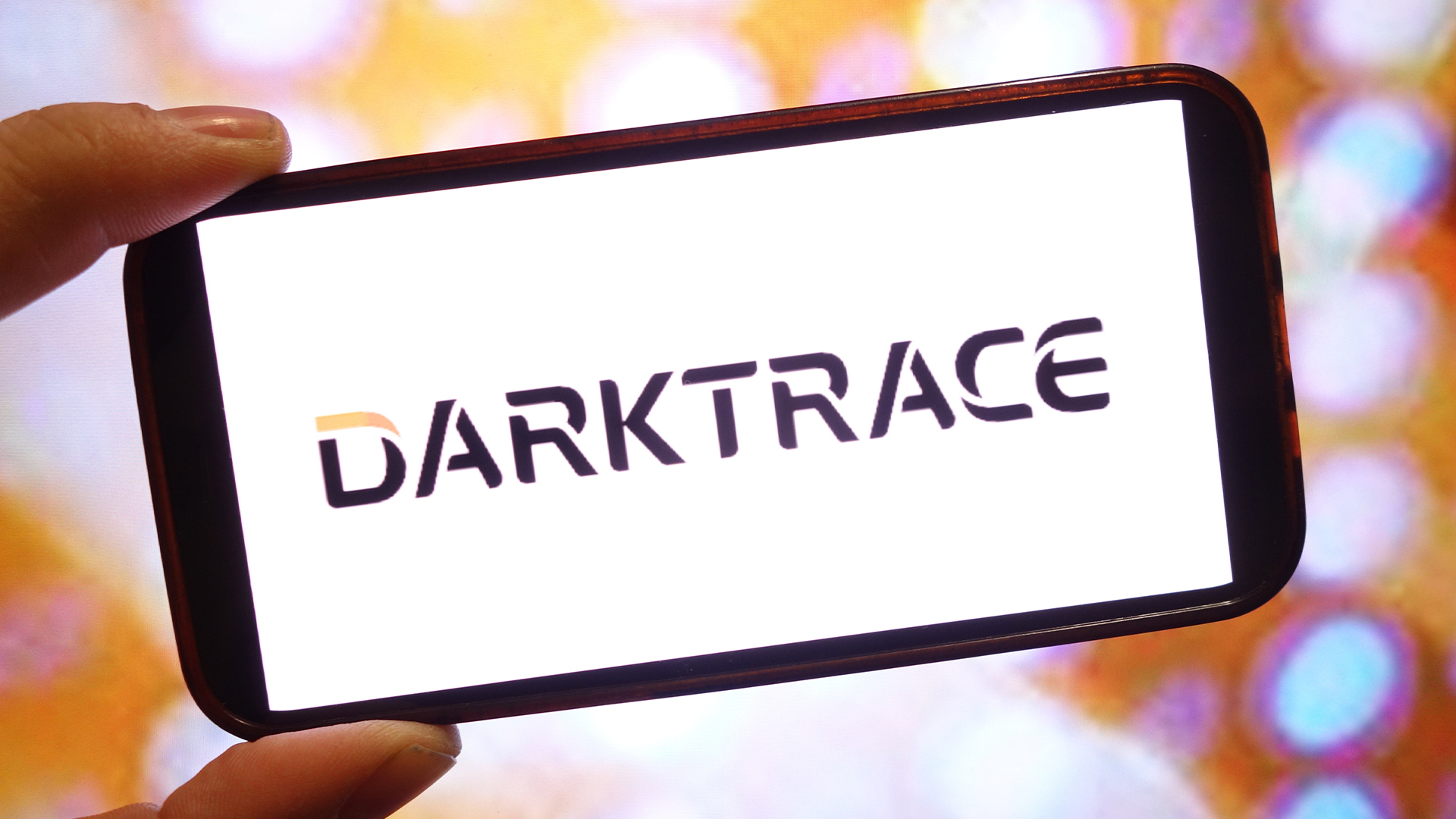Sony GXD-L52H1 review: Professional display
We review the Sony GXD-L52H1, a 52in display from Sony's professional HDTV range.

Although the L52H1 sure knows how to make an impact, it only delivers this impact with a fairly limited type of source material. If you can work within these limitations, then the L52H1 has the features and quality to be a great addition to your business. But we can’t quite shake the feeling that a screen with a price tag north of £4k should perhaps be slightly more flexible in what it’s comfortable showing.
Sony is also keen in its blurb on the L52H1 to remind us that LCD screens are renowned for their brightness - a key feature in a public environment - while at the same time tending to use less electricity than plasma alternatives. There's an extra power-saving trick up the L52H1's sleeve too, in the shape of an on/off timer. And still we're not done with the L52H1's really quite impressive stack of features.
For a start it also supports full network capability and monitoring via a built-in RJ45 port, and offers RS232C and Control-S via one of the optional connection boards.
Then there's the fact that it can be used in 2x2, 3x3, 4x1, 1x2, 1x3, 1x4, 2x1, 3x1 and 4x1 multi-display configurations and that the display control panels can be locked to prevent anyone mucking about with the screen's settings. Finally there's the fact that the screen offers picture in picture/picture and picture facilities for presenting two sources simultaneously.
So far the L52H1 has delivered quite a number of excuses for costing the relatively high sum of 4,258.48. But will its performance quality seal the deal?

The answer to this depends very much on what you feed it. As in, with bright, breezy PC data feeds and Powerpoint (et al) presentations, and bright still photography/graphics, it looks just peachy. But with more video-oriented sources, it's got an issue or two.
Starting with the good news, it's phenomenally accurate when it comes to rendering every last pixel of data from an HD PC graphics feed. There's no dot crawl noise, no stressed edging, no colour smudging, no fine detail moir interference... it's a near immaculate effort. This is made all the more remarkable by the fact that the screen achieves extreme brightness levels, particularly if you use its PC, bright environment-friendly Vivid preset.
With this much sheer light coming out of it, it's hardly surprising that the L52H1 runs with a bit more of a buzz than most LCD screens do.
The L52H1's colours are well suited to PC-based sources too, looking bold without becoming brash, and containing some startlingly fine blends and transitions free of the sort of striping that can occur with numerous digital signage screens. If you're looking to make a real impact with aggressively bright, colourful, PC-led material, then the L52H1 is hard to beat.
Get the ITPro daily newsletter
Sign up today and you will receive a free copy of our Future Focus 2025 report - the leading guidance on AI, cybersecurity and other IT challenges as per 700+ senior executives
-
 Darktrace unveils tailored AI models with a twist for its cybersecurity agent
Darktrace unveils tailored AI models with a twist for its cybersecurity agentNews Darktrace has announced new AI models for its agentic AI security tool, but it's taken a novel approach to tackle hallucinations.
By Rory Bathgate Published
-
 This tech company wants to pay staff to look after their mental and physical wellbeing
This tech company wants to pay staff to look after their mental and physical wellbeingNews Hot on the heels of its four-day week trial, tech company Thrive is offering staff new incentives to take care of their mental and physical wellbeing.
By Ross Kelly Published
-
 Hacked law firm 'didn't think it was a data breach' – the ICO disagreed
Hacked law firm 'didn't think it was a data breach' – the ICO disagreedNews The ICO has fined DPP Law for failing to report an attack that saw confidential information released on the dark web
By Emma Woollacott Published